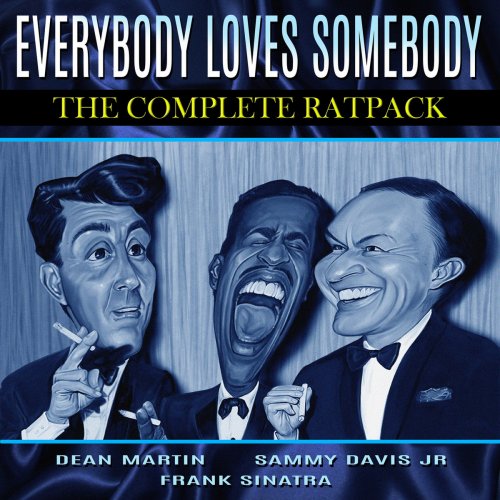Noah Creshevsky - To Know And Not To Know (2007)

Artist: Noah Creshevsky, Chris Mann, Thomas Buckner, Monique Buzzarté, Martha Cluver, Beth Griffith, Zach Kurth-Nelson, Al Margolis
Title: To Know And Not To Know
Year Of Release: 2007
Label: Tzadik
Genre: Classical
Quality: FLAC (tracks)
Total Time: 1:00:34
Total Size: 276 MB
WebSite: Album Preview
Tracklist:Title: To Know And Not To Know
Year Of Release: 2007
Label: Tzadik
Genre: Classical
Quality: FLAC (tracks)
Total Time: 1:00:34
Total Size: 276 MB
WebSite: Album Preview
1. Red Carpet (03:14)
2. Psalmus XXⅢ (07:29)
3. To Know And Not To Know (07:15)
4. Once (04:31)
5. Chamber Concerto (11:14)
6. Jubilate (06:22)
7. Sequenza (For Trombone) (06:11)
8. Independence Day (06:29)
9. Free Speech (07:57)
Personnel:
Noah Creshevsky: Composer
Chris Mann: Voice
Thomas Buckner: Vocal Samples
Monique Buzzarté: Trombone
Martha Cluver: Soprano
Beth Griffith: Vocal Samples, Soprano
Zach Kurth-Nelson: Baritone
Al Margolis: Clarinet
Noah Creshevsky, professor emeritus and former director of the Center for Computer Music at Brooklyn College of the City University of New York, describes his electro-acoustic musical language as "hyperrealist." It's realistic in that it uses samples of acoustic instruments and voices, and while they may be minimally electronically modified, they are never changed to the point that their sound source is unrecognizable -- a trumpet is always clearly a trumpet and a soprano is always clearly a soprano. It is "hyper" in the sense that Creshevsky's combination of the samples creates music that would be beyond the capabilities of human performers, either in speed, rhythmic complexity, or register. The results are solidly in the tradition of the sound collages of musique concrète, but are unique in their exclusive use of traditional instruments as sound sources. ("Traditional" does not imply Western; Creshevsky uses a culturally diverse instrumental palette, and several of these pieces are largely based on non-Western samples.) The use of familiar sounds fragmented and combined into inhumanly complex ensembles and patterns owes something to Nancarrow's exploitation of the mechanical capabilities of the player piano, but Creshevsky's instrument is the computer.
The CD includes works with instrumental samples, with both instrumental and vocal samples and unaltered vocal solos with sampled accompaniment. The vocal solos are generally less interesting, because the melodies are largely mundane, but Psalmus XXIII holds the listener's attention with its eccentric juxtaposition of erotic moaning with a liturgical-sounding Latin setting of the text. The other pieces, particularly Red Carpet, Chamber Concerto, and Independence Day, are entirely successful: quirky, fragmented, and wildly inventive. Free Speech, consisting mostly of vocal samples, sounds something like Ligeti's Aventures and Nouvelles Aventures on steroids; the vocalizations are never quite complete enough to have clear semantic meaning, but they are hugely expressive nonetheless, and often hilarious. Creshevsky's music should have strong appeal for fans of genre-stretching new music.
The CD includes works with instrumental samples, with both instrumental and vocal samples and unaltered vocal solos with sampled accompaniment. The vocal solos are generally less interesting, because the melodies are largely mundane, but Psalmus XXIII holds the listener's attention with its eccentric juxtaposition of erotic moaning with a liturgical-sounding Latin setting of the text. The other pieces, particularly Red Carpet, Chamber Concerto, and Independence Day, are entirely successful: quirky, fragmented, and wildly inventive. Free Speech, consisting mostly of vocal samples, sounds something like Ligeti's Aventures and Nouvelles Aventures on steroids; the vocalizations are never quite complete enough to have clear semantic meaning, but they are hugely expressive nonetheless, and often hilarious. Creshevsky's music should have strong appeal for fans of genre-stretching new music.





![Tomasz Stańko - Piece for Diana and Other Ballads (Polish Radio Sessions vol. 1/6) (2025) [Hi-Res] Tomasz Stańko - Piece for Diana and Other Ballads (Polish Radio Sessions vol. 1/6) (2025) [Hi-Res]](https://www.dibpic.com/uploads/posts/2025-12/1765788761_cover.jpg)


